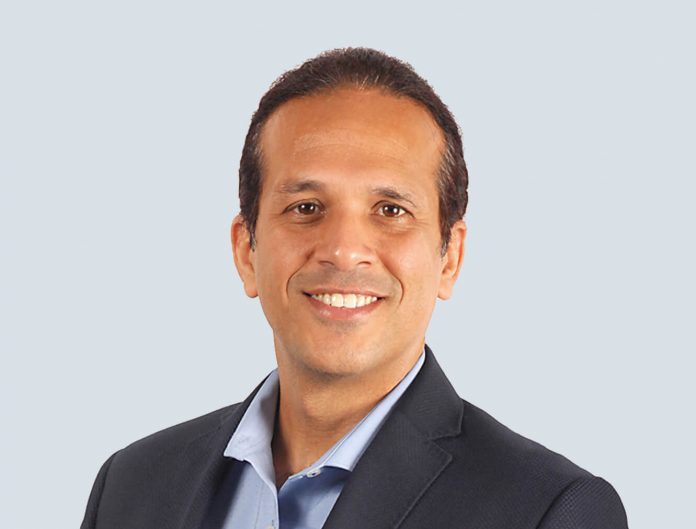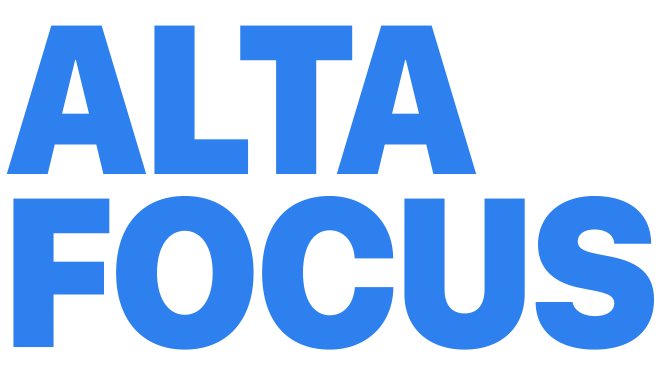According to you, which technology trend would be the most disruptive in 2021?
Manoj Choudhary: Vendor-neutral Multi-cloud adoption!
Of all the converging trends that will impact business growth for small, medium and large businesses this coming year, cloud computing is at the forefront. In 2020, the adoption of public cloud computing — whether Google, Azure, AWS, or others — grew significantly, and this trend will continue in 2021. I expect many more companies to adopt cloud computing as an IT strategy for CIOs in the coming year, but to do so, IT leaders will need to be ready with enterprise-grade integration strategies that can span multiple public and private clouds, making true hybrid cloud initiatives feasible.
The continued move to the Cloud may be in the form of businesses making clean breaks and moving major systems entirely onto public Clouds, or (more likely) moves may have a more metered approach by adopting “Clouds of choice” — a hybrid of public cloud, and on-premises cloud. Companies that provide software as a service will start offering their products on multiple public Clouds like Azure and AWS to give their customers the choice to adopt their service on the cloud or infrastructure of their choice — Snowflake is a good example. This gives users the freedom to deploy services on-premise or use a completely public cloud or use some combination of all of the above. Vendors will give the choice to their customers to suit the needs of their IT strategy.
What we saw in 2017, 2018 and 2019 was heavily weighted toward the public cloud. But as needs have changed, Microsoft, Amazon and Google are coming up with ways to integrate their infrastructure with the on-prem infrastructure of the customer. But with literally thousands upon thousands of application endpoints and cloud and on-prem databases out there, IT teams are going to have their work cut out for them as they try to connect all the systems together. Integration and API strategies and tools will therefore become some of the most powerful technologies in the arsenals of the IT teams and SaaS providers in 2021 to make cloud dreams realities.
How do you see AI and Machine Learning growing bigger in their influential roles in emerging technology industry?
Manoj Choudhary: In 2021 we will see AI, machine learning and IoT define and shape our lives and behaviors, a phenomenon that will continue for many years to come. These advancements impact how we work, how we buy, how we spend, how we do every little thing in our lives. But I think the real star that companies will turn to will be the enabling technologies such as cloud and edge computing, which will continue to dominate due to their ability to process and manage all the necessary data that fuels AI, ML, and IoT, as well as enabling technologies like iPaaS, APIM and RPA. These technologies will continue to lead the digital transformation charge for businesses as they move from manual or paper-driven business to digital businesses that can finally tap the power of AI and IoT.
Could you tell us what you think about the adoption of Virtual Desktops in remote workplace scenario?
Manoj Choudhary: Desktops-as-a-service, or virtual cloud desktops, will gain popularity in 2021. These are offerings like Amazon Workspace, Microsoft Windows Virtual Desktop, Google Chromebook. The offerings enable the entire environment of workstations to be delivered as a service — a display that connects to personal computing in the cloud. It reduces the in-house infrastructure requirements on businesses, reducing IT maintenance. But now, with COVID-19 causing more of a remote-work culture, Virtual Desktop has become even more important, because with this technology companies no longer have to ship hardware to people’s houses. They can simply use their own PC to connect to virtual cloud desktops. This is more cost-efficient because it’s user-based, and typically only cost businesses if they’re used. The whole mix of maintaining the hardware goes away, so I think this is a technology that’s here to stay.
How do you foresee the rise of automation in “Everything”?
Manoj Choudhary: More businesses will adopt hyperautomation.
To paraphrase Gartner, the idea that anything that can be automated in an organization should be automated is called hyperautomation. Along these lines, my belief is that if you do anything in technology three times — particularly in the DevOps world — it’s time to automate. Hyperautomation means taking legacy business processes that aren’t streamlined and create expensive and extensive issues for organizations and automating as much as you can through means including robotic process automation (RPA). RPA removes tedious tasks and lets humans focus on more innovative and exciting work.
We hear so much about digital transformation. How do see such maturing organizations interacting with their customers and vendor partners?
Manoj Choudhary: Organizations will take a ‘customer 360’ approach to business in 2021.
Most businesses don’t have large technical teams, meaning SaaS solutions will begin to enable more businesses to take a 360-degree view of their customers and engage with them at every touchpoint. The key component to a successful Customer 360 strategy involves pre-built templates that provide a service that optimizes integrations across systems and enables them to build a true 360-degree view of their customers. Using the right mix of solutions democratizes and enables a business to quickly react to problems because the templates are already built and can be used by less technical people. Integrating systems such as Salesforce, NetSuite, SAP, Shopify, Workday and many others enables this view across the customer journey, creating a better experience and longer-lasting customer relationships.
Originally published on Aithority.com







